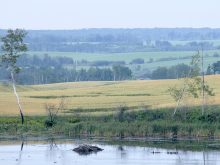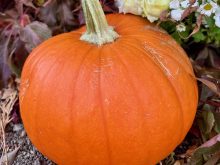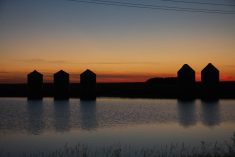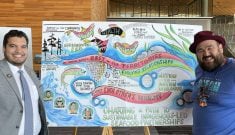VERMILION, Alta. – If there is no curling club in town, then it’s probably dying.
Curling clubs are a “vibrant dynamic force” that serve as social hubs, says Heather Mair, a professor at Ontario’s University of Waterloo in the department of recreation and leisure studies.
Mair and graduate student Dawn Trussell began studying curling clubs in 2005 and have another two years to go in their Canada-wide research project.
Out in the countryside, people lack malls and big theatres to use as gathering spots, Trussell told a session at the Canadian Rural Revitalization Foundation conference Oct. 12.
Read Also
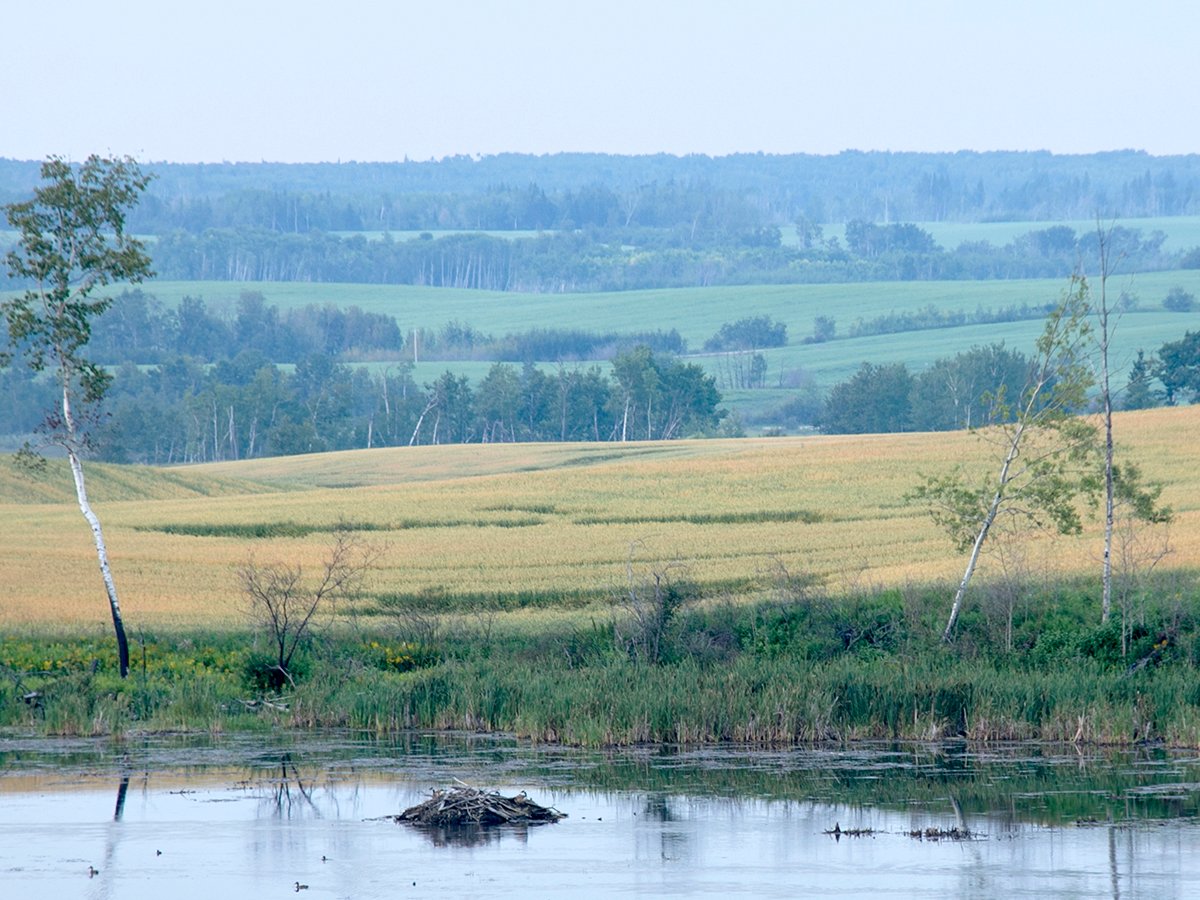
Intergenerational rollover rules can help succession plans
One of the most significant concerns in succession planning for farmers is the tax bill that can come with passing the farm to the next generation.
Instead, they use the curling club, either by playing on its ice surface or using the foyer for weddings, dances or as a coffee spot.
Mair cited statistics from a 2003 survey by the Canadian Curling Association that found there were 1,078 clubs in the country.
Two-thirds were located in areas with fewer than 10,000 people and 55 percent had less than 200 members.
Ninety-one percent had no hockey rink attached and, most importantly to Mair, 60 percent reported that the club was used in the noncurling season for community events.
She noted that former Canadian women’s curling champion Vera Pezer of Saskatchewan wrote: “Curling has been linked with almost every aspect of prairie life – political, religious and commercial.”
Mair and Trussel have visited and interviewed curling club members on the Prairies and the Atlantic provinces and will focus on the rest of Canada in 2008 and 2009.
Their main conclusion so far is that the clubs are in decline, mirroring the general rural depopulation.
Mair quoted one member of a Manitoba club who said, “The biggest threat to curling is the change on farms. No one can (afford to) stay out here any more.”
But their other conclusions are good news. Mair said curling can reflect a community’s identity. She pointed to Morris, Man., Biggar, Sask., and St. Johns, N.L., as towns that post signs noting they are the home of world champion curlers.
Curling clubs survive because of volunteers who make the ice, raise funds and cook in the kitchen.
Often parents will be playing on the ice while their children play in the foyer. Trussel said young parents give up their own leisure time to drive their kids to hockey or other sports, but curling allows parents and children to be together, either playing on the same team or present in the same building.
She added that many sports exclude senior citizens, but not curling. Multigenerational teams can include grandparents playing with their children and grandchildren.
Curling has also adapted a stick delivery for those who want to play but who can no longer squat down to throw the rock. Seniors are also welcome as volunteers or to just hang out, play cards and chat with whoever comes in.
“Clubs promote not only physical but mental well-being,” Trussel said.
Mair disagreed with a delegate’s suggestion that the loss of a curling club simply meant people would find another place to interact.
“Important conversations take place in the curling club, things get worked out. I see them as part of the rehabilitation of rural communities.”
Wendy Plendowski said she saw a parallel to other community losses.
“When the elevator was pulled at Streamstown (Alta.,) the curling club almost died since the farmers had no reason to stop in. They went on to Marwayne (Alta.).”
Mair said unfortunately the national curling association isn’t taking grassroots clubs seriously. Instead, it focuses on elite curlers and world championships.


